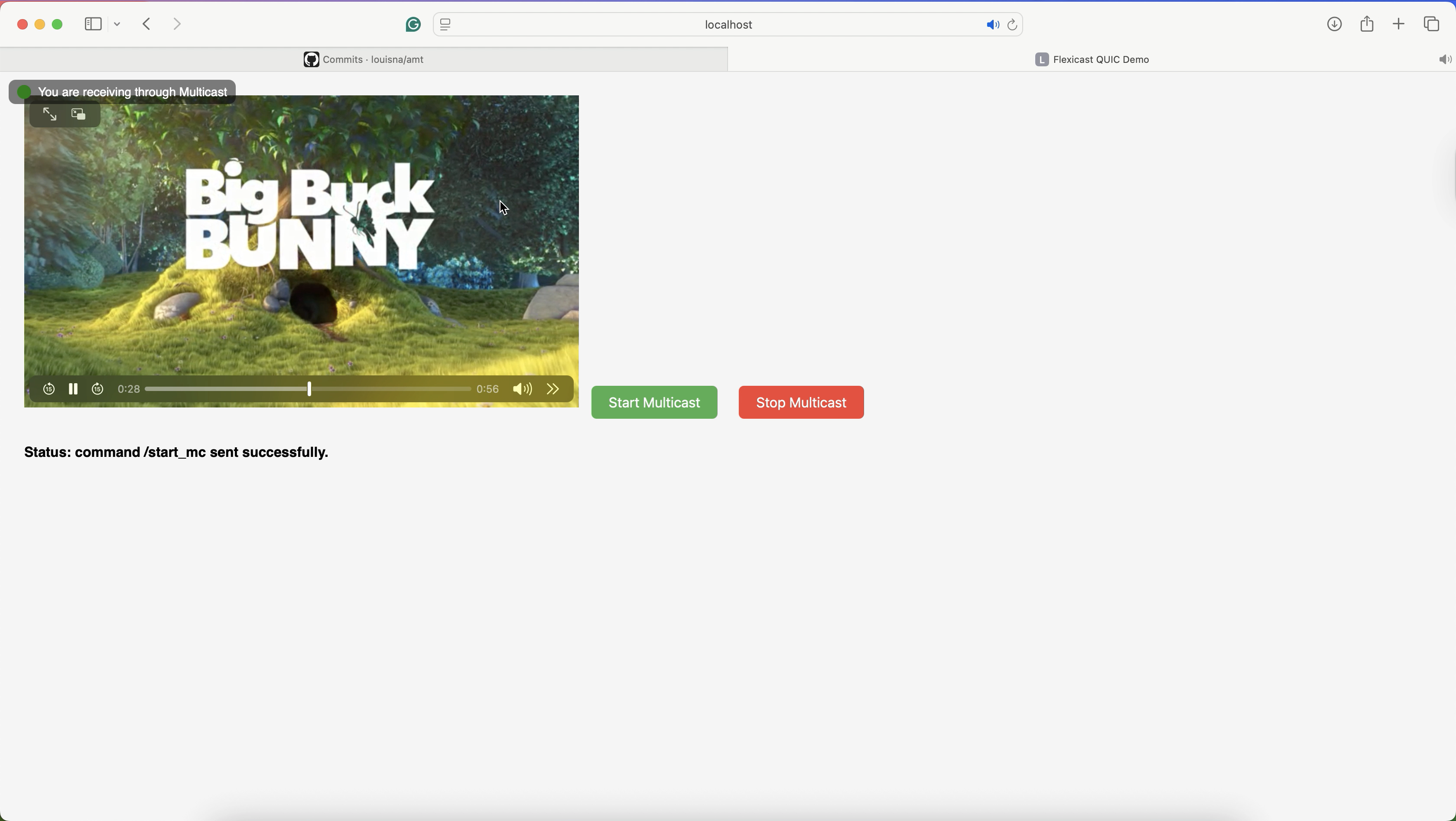ACM SIGCOMM 2025 and 2nd at the Student Research Competition with Flexicast QUIC!
Published:
Hello, people!
Last week I attended ACM SIGCOMM 2025 in Coimbra (Portugal), the top-tier conference in computer networks! This conference is a great opportunity to meet and talk with a lot of interesting people from the research (and industry too) community. It was also for me the opportunity to present Flexicast QUIC, an extension of QUIC to add flexible multicast support at the transport layer, during the poster and demo session.
Demonstrating Flexicast QUIC at SIGCOMM
The demo consisted in the presentation of a poster and a live demo showing my work in front of the atendees. This work did not present Flexicast QUIC directly, rather it shows that we can leverage the extension with Automatic Multicast Tunneling (AMT) to deploy flexible, reliable and secure multicast on the Internet. You can find an explanation of Flexicast QUIC and AMT for an Internet-deployment here.
We developed the following use cases for this demo:
- File delivery: pushed-based RSS feed through the Internet
- Video streaming: the Bug Buck Bunny movie on a LAN using WiFi
File delivery: RSS feed through the Internet
We host a Flexicast QUIC source in our university campus network (UCLouvain, Belgium). This source regularly fetches the RSS feed of the Linux Lore mailing list. Upon content chances (another response than 304 when adding the If-Modified-Since header), the Flexicast QUIC pushes the feed towards the Flexicast QUIC receivers connected to it. To go through the Internet, the receivers leverage Automatic Multicast Tunneling (AMT) to create an automatic tunnel with our source to receive encapsulated multicast content from the source. The receiving host can then read the RSS feed with applications such as newsboat.
Video streaming over WiFi
When talking about multicast, one of the most asked question is what about multicast WiFi? In this demo, we aimed at showing that, under specific circumstances, we can improve the scalability of communication compared to unicast. For this, our Flexicast QUIC source (an Intel NUC) broadcasts the Big Buck Bunny encoded in HLS. This source is connected through WiFi to our WiFi access point in the demo. From there, receivers can connect to our source if they are also connected to our access point.
Why HLS? Because, in the end, we want to show that it may be possible to have Flexicast QUIC in the browser. However, this would require us to modify a browser implementation of QUIC to support Flexicast, while our proof of concept implementation relies on quiche. To avoid this burden, our Flexicast QUIC receiver works as a proxy, i.e., it receives the HLS content and stores in /tmp the HLS manifest and the video segments. From there, a local server feeds the HLS content to the browser, and you can see the result:

As you can see on the Figure, I also added two buttons to emulate a failing multicast network, just to see that my laptap does fall back on unicast delivery when multicast is failing, without drop in video quality. While we add a small cheat because we do not natively do Flexicast QUIC in the browser, this use case was the opportunity to show it working through the WiFi, and present the future possibilities of Flexicast QUIC!
The Student Research Competition
The Student Research Competition (SRC) occurs during multiple ACM conferences, aiming to promote valuable research, communication skills and knowledge of the state of the art. SIGCOMM 2025 hosted the SRC, and the winner gets the opportunity to presents they work to the SRC Grand Finals later this year!
Concretely, during the two poster and demo sessions (Tuesday and Wednesday), members of the jury come and ask several questions about our work. Then, they select a subset (8 out of 55 this year) posters/demos to participate to the SRC second round, consisting in a presentation in front of all the SIGCOMM conference on the Thursday! And finally, the jury award the three best presentations, both in the Undergraduate and Graduate programs.
I won’t introduce useless suspens: I got into the SRC second round, and ultimately finished second of the SRC at SIGCOMM 2025! Yes, it means that I got to present Flexicast QUIC in front of the SIGCOMM audience (excluding all the people networking outside of the room; after all, that’s why we go to SIGCOMM, right?). It was an amazing experience, and I got very interesting questions from the jury. In the end, this second place is amazing, and I hope that it will get the interest of people into Flexicast QUIC!
Next steps
The most frequently asked question during the demo session was about the main upcoming challenges in this work. For me, the answer is quite obvious: getting people interested in doing Flexicast QUIC and reconsider multicast communication. This second place is an amazing award, and the most important thing for me now is to continue pushing forward Flexicast QUIC, to see its benefits and limits in the real world. If you are interested in this work, do not hesitate to send me an email: louis.navarre@uclouvain.be.
